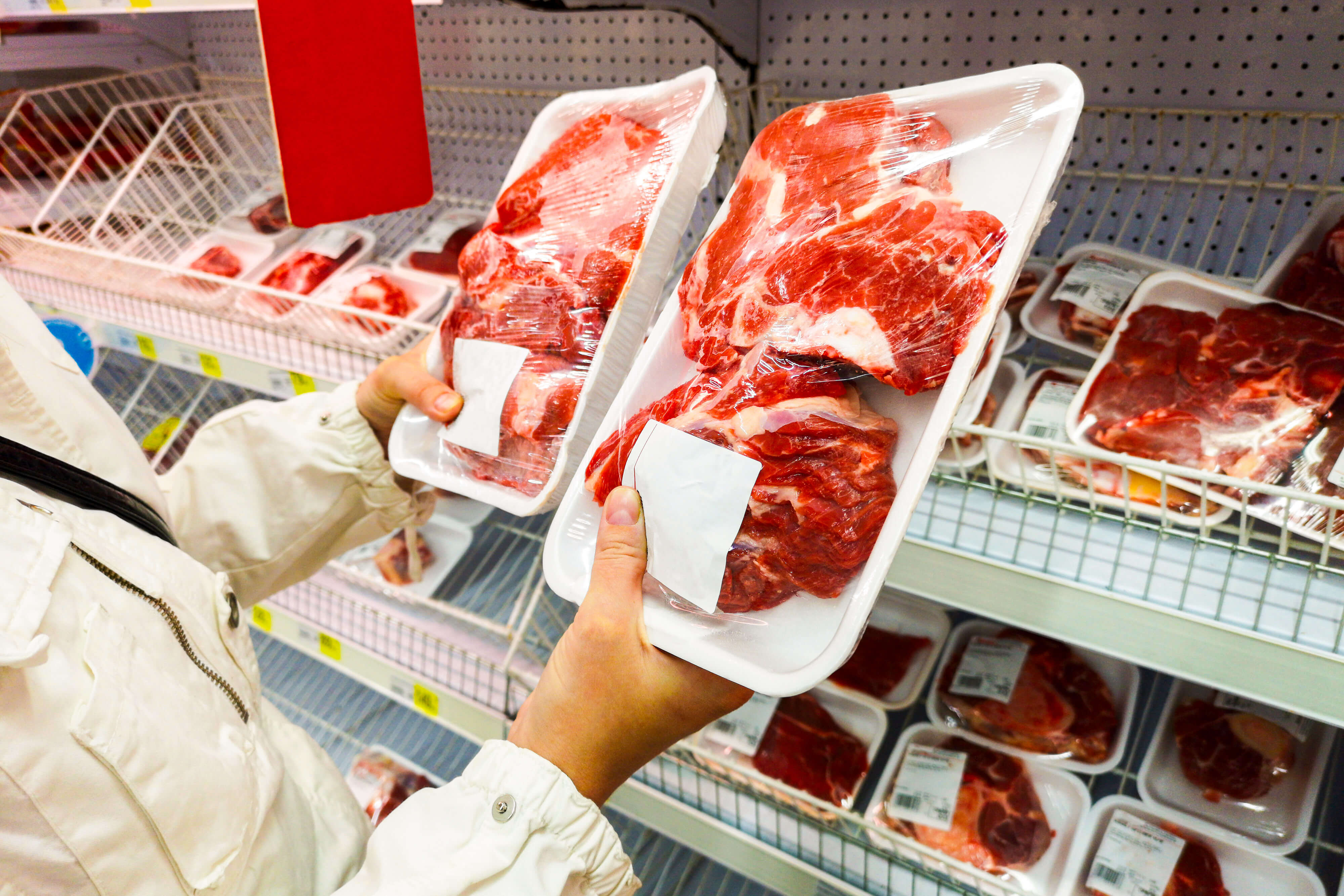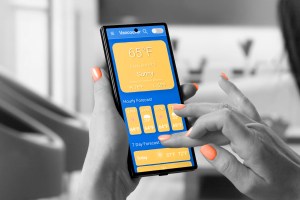
Listing the Sale Price for Multiple Items
You’ve probably seen a sale tag that advertises multiple items at a certain price — like two cans of soup for $5 — but that doesn’t necessarily mean that you have to buy two to get the deal. Take a closer look, because chances are those cans are actually $2.50 each. It’s worth looking carefully at the tag just in case you do actually have to buy multiple things, but most of the time it’s just a technique to upsell you.

Displaying Items From Different Aisles Together
Chocolate syrup isn’t frozen, so why do you sometimes find it near ice cream? It’s the same reason you might find marshmallows next to graham crackers, whipped cream in the produce aisle, or red pepper flakes near frozen pizza: to get you to go in for one thing and leave with two. You were perfectly happy to just buy cheese when you walked in the store — you don’t need fancy crackers, too.

Displaying Full-Price Items Like They’re on Sale
The short sides of the aisle are called end caps, and they’re often the source of deals. Sometimes the producer negotiates a low price with the store for visibility, and other times, especially in the back, it’s where discontinued or clearance items go. But new or seasonal products sometimes end up in flashy end-cap displays, too — at full price, occasionally with the bonus upsell of pairing up two items from different aisles that go together.
More Interesting Reads

Stocking Essentials in the Back
One thing you might notice about shopping at a grocery store is that staples like eggs, cheese, and bread are rarely placed toward the front entrance — making you walk through a labyrinth of potential impulse purchases (and other sales techniques) on your way to your essentials. That makes it hard for even the most diligent list-makers to stay immune from heavy merchandising. Keep this in mind on your long journey to the back, especially if you can’t afford to buy extra snacks.

Stocking Expensive Items at Eye Level
Ever notice that store brands tend to be lower on the shelves than name brands? This makes the more expensive items easier to spot and more likely to end up in a shopping cart. There’s a very common exception to this rule: More expensive children’s cereals tend to be a little lower down, at eye level with smaller shoppers. Some are even designed so that the cartoon characters on the boxes are looking directly at the kids.

Free Samples
This one may seem obvious. Of course you’ll want to buy an item you try first if it’s delicious — and that’s a big part of it. Sales of an item can go up as much as 2,000% if customers get to sample it, partially because they know what they’re getting, but partially because they feel bad for getting something for free.
Yet the psychology goes deeper than just the product itself. After sampling something good, customers may be more likely to buy other things that they like throughout the store, not just the sampled product. In other words, while free samples can be great, just make sure to check your instincts after filling up on tiny bites.











